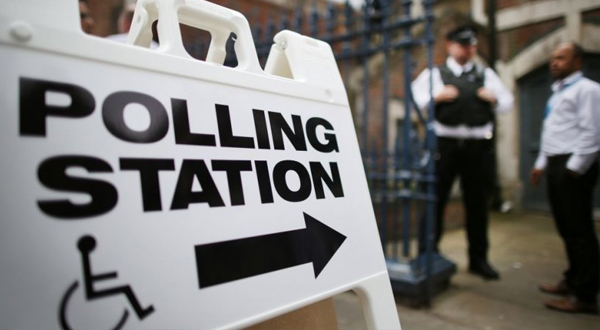LONDON: Energy giant Royal Dutch Shell on Tuesday said it could exit up to 10 countries under a previously announced plan to sell oil and gas assets over two years.
Following its recent huge takeover of rival BG Group, the expanded company expects also to make higher cost savings than previously announced, Shell said in a statement.
The Anglo-Dutch group said it anticipated savings of $4.5 billion (4.0 billion euros) in two years’ time, $1.0 billion more than previously forecast.
In another update, Shell said it had “earmarked up to ten percent of… oil and gas production, including five to ten country exits, for disposal”.
While planned asset sales remained unchanged at $30 billion, Shell trimmed 2016 planned investment to $29 billion, as energy companies worldwide battle low oil prices.
Shell’s statement added: “We are announcing an increase in expected deal-related synergies, from the $3.5 billion set out in the prospectus, to $4.5 billion on a pre-tax basis in 2018, an increase of some 30 percent.”
Shell shares were trading around 2.7-percent higher in London afternoon trading, topping the capital’s benchmark FTSE 100 index.
The company recently completed a #47-billion ($68-billion, 60-billion-euro) takeover of smaller British rival BG Group, in a deal aimed at strengthening Shell’s position in the liquefied natural gas (LNG) market.
Meanwhile owing to the takeover as well as low oil prices, Shell is cutting at least 12,500 jobs over two years to the end of 2016.
“By capping our capital spending in the period to 2020, investing in compelling projects, driving down costs and selling non-core positions, we can reshape Shell into a more focussed and more resilient company, with better returns and growing free cash flow per share,” Shell chief executive Ben van Beurden said in Tuesday’s statement as it prepared for a presentation day with analysts.
Shell announced an 89-percent drop in net profit for the first quarter of 2016, blaming the slump on the price of crude.
The global oil market had nosedived from above $100 in mid-2014 to 13-year lows of around $27 in February, plagued by a stubborn supply glut.
But prices have since rebounded to trade at around $50 a barrel on signs that the market is rebalancing.





